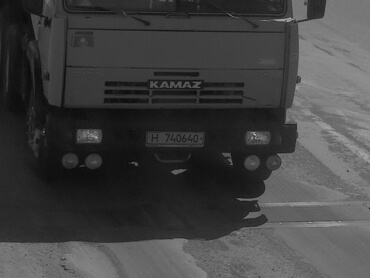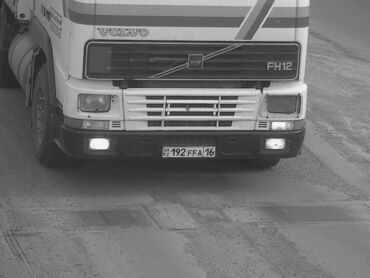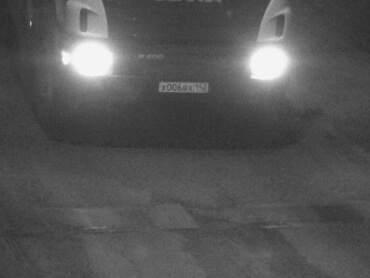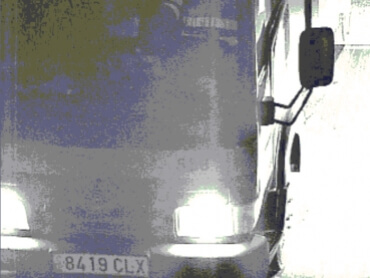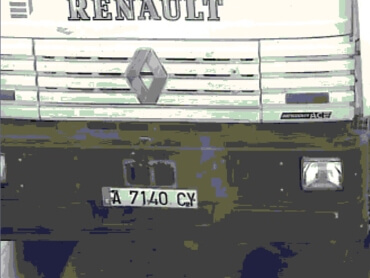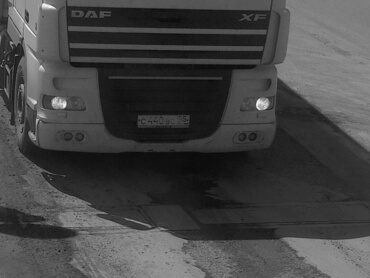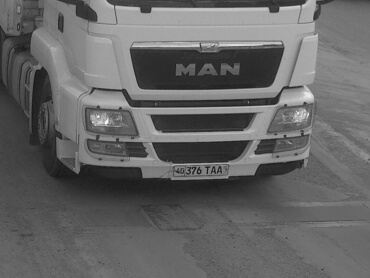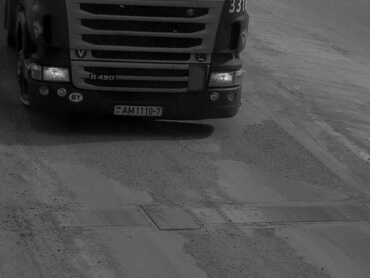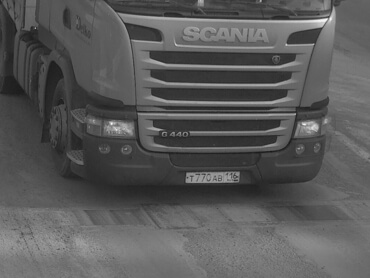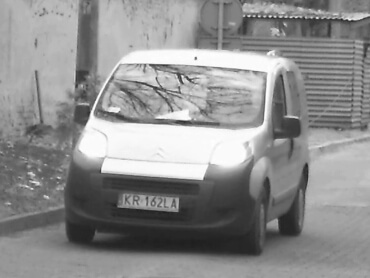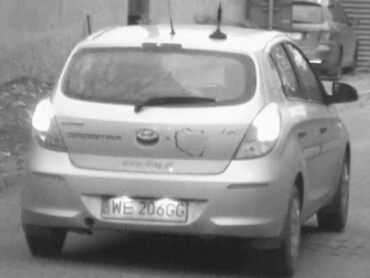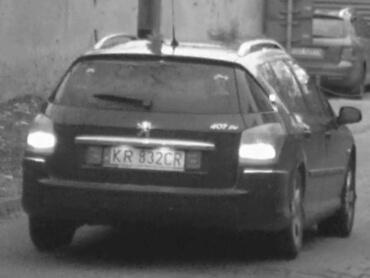Creating control points with 24/7 optical automatic number plate recognition.
Intlab Auto LPR is a software development kit (SDK) for integrating into third-party applications the ability to detect and recognize plate numbers 24/7 in a broad range of external conditions. The library provides the ability to read license plate numbers in individual images as well as video streams. Using the engine with a video stream provides the best quality recognition since the results received from individual frames captured over the course of a vehicle's motion within the camera's field of view are analyzed and combined to form a single result for each car.


